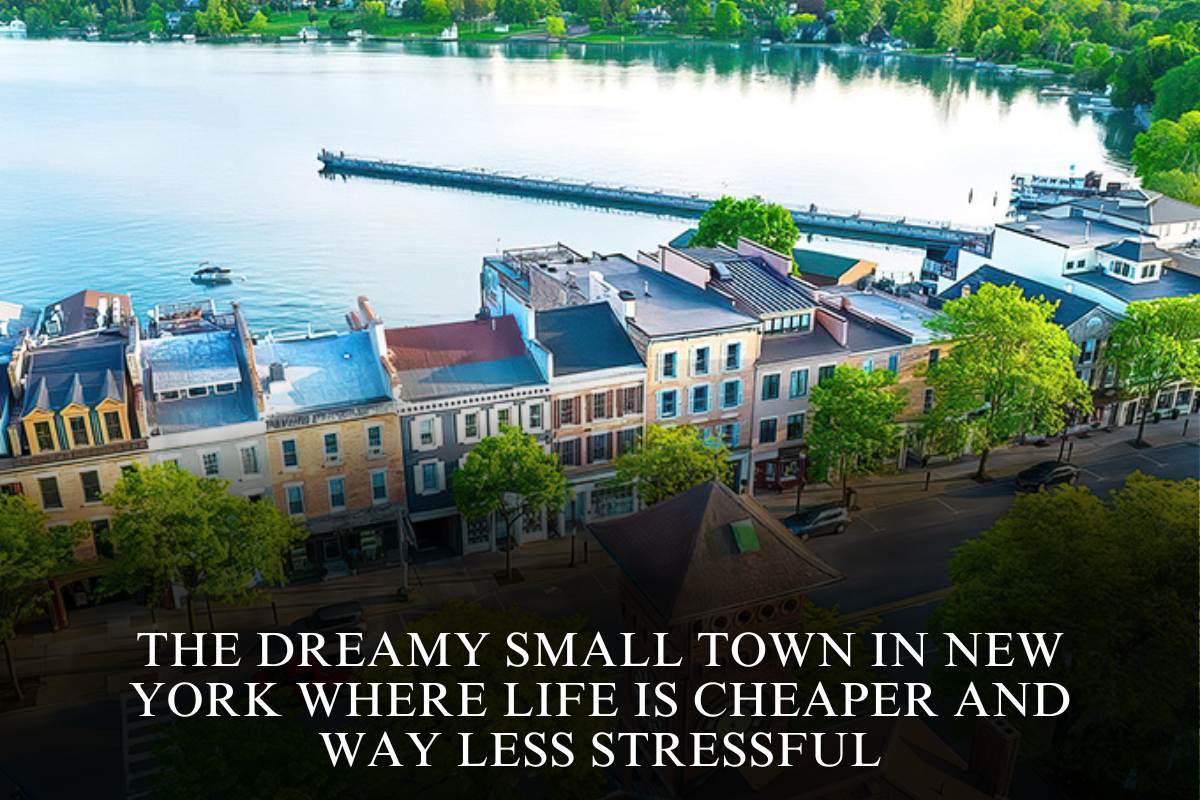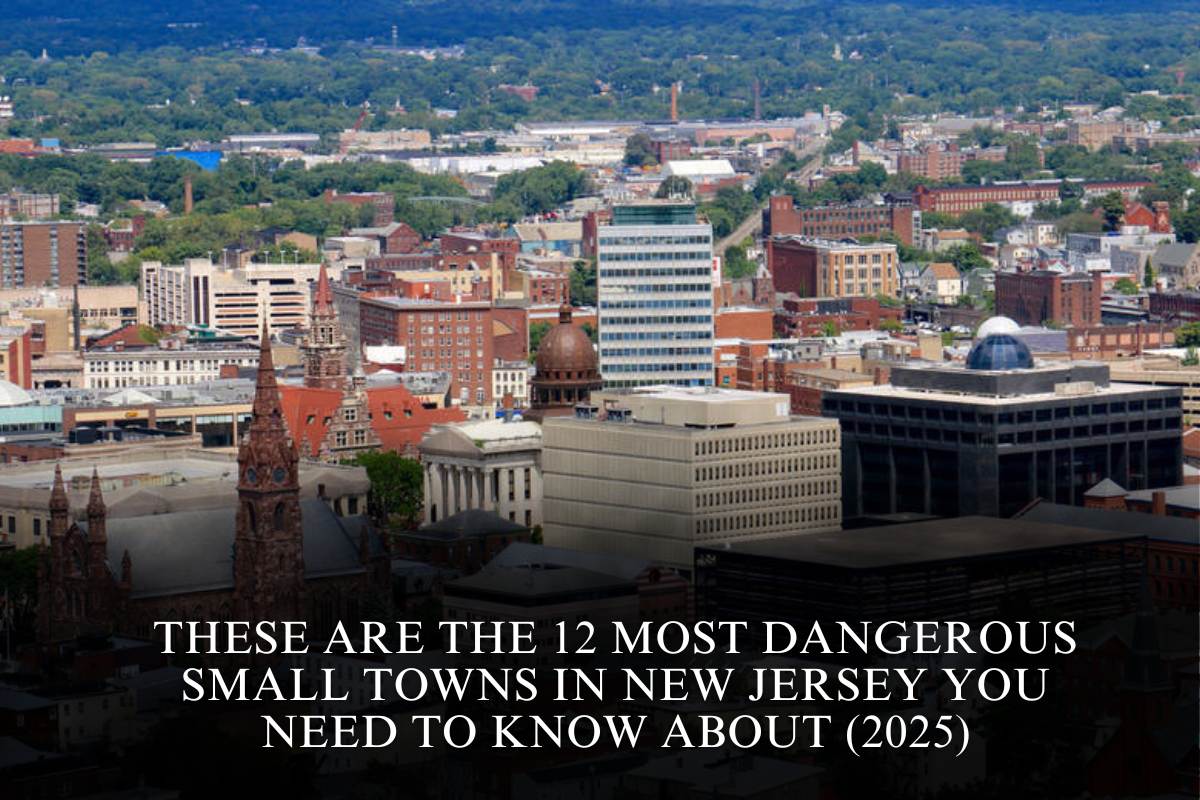Miami locals and New Yorkers live dramatically different urban experiences, and there are many things Miamians simply find baffling about the New York lifestyle, habits, and city mindset. Here are 10 key things that Miami locals will never fully understand about New Yorkers, each with cultural or geographic context for where these attitudes and behaviors develop.
The Obsession with Speed and Efficiency
New Yorkers operate with a “hustle” mindset—they walk fast, talk fast, and expect immediate service. This ceaseless pace is embedded in Manhattan’s grid and crowded boroughs, where time is money and being late is almost unforgivable. In Miami, the tropical climate and laid-back beach culture nurture a far slower, more flexible attitude toward time—think “Cuban time” rather than subway schedules.
Priority on Public Transit and Walking
New York’s world-class subway, buses, and walkable neighborhoods create a car-free lifestyle that’s foreign to most Miamians, who depend on their cars to navigate sprawling suburbs and poor public transit. Miami locals might struggle to comprehend why a New Yorker can’t drive or doesn’t own a car, or why walking 20 blocks for dinner is normal and preferred.
Cultural Melting Pots: Diversity Differences
While both cities are diverse, Miami’s multiculturalism skews heavily Latin American—Cuban, Colombian, Nicaraguan, and Haitian communities define the cityscape. New York is more globally cosmopolitan, home to every continent and a dizzying variety of backgrounds, with entire neighborhoods shaped by Chinese, Russian, West African, and Jewish heritage. The daily reality of encountering six languages on a subway car is unique to New York.
The “All-Black” Wardrobe
New Yorkers are notorious for dressing in black and neutrals, a reflection of urban grit and winter practicality. Miami’s fashion, on the other hand, thrives on bright colors, light fabrics, and bold patterns—needed for the sun, the sea, and the city’s tradition of standing out, not blending in.
The Apartment Mentality
Space is a luxury in New York, where people grow up and grow old in small apartments, walk-ups, or co-op buildings—often without yards or cars. Miami’s broader lawns, swimming pools, and outdoor living are standard, making the idea of paying $3,000 for a tiny Brooklyn studio downright absurd to many Miamians.
Event Importance: Guest Lists vs. Good Times
In New York, the value of a party is often judged by who’s on the guest list—VIPs, influencers, or celebrities. Miamians are less impressed by clout; a good DJ, strong drinks, and fun dancing take priority. Who attends matters less than the overall energy, music, and atmosphere of the party.
Body Image Ideals
New York favors a lean, thin, and minimalist body image—partly due to fashion, city walking, and subtle class pressures. Miami, in contrast, prizes curves and muscle, with beauty standards shaped by Latin American cultures, beach life, and sun exposure. Fitness here is about vitality and showing off at the beach, not blending into the crowd.
Civic Attitude: Superiority Complex
Many New Yorkers are convinced they live in the center of the universe and communicate this passionately. Miamians, however, can be self-critical about their city but quickly come to its defense if an outsider criticizes it. Miami’s complex relationship with its own reputation is a mystery to New Yorkers.
Late vs. On-Time Culture
Being prompt is crucial in New York; if a meeting starts at 2 p.m., arriving at 2:05 or later is considered rude or disrespectful. In Miami, lateness is part of the culture—arriving “on time” might mean half an hour or more after the listed start. New Yorkers, in turn, are shocked when a “7 p.m.” dinner doesn’t start until nearly 9.
Neighborhood Identities and Boundaries
New Yorkers care deeply about which block, avenue, or borough they live on—it shapes one’s identity, status, and even friendships. Miami neighborhoods are defined more by proximity to the beach, nightlife, or family ties than by intense micro-geography. The tribalism over which subway line is superior or which bodega is the best simply doesn’t translate in Miami.
Locations and City Contexts
New York City: Manhattan (pace, walkability, apartments); Brooklyn and Queens (diverse immigrant neighborhoods); the Bronx and Harlem (music, art, Black and Latin heritage).
Miami: Little Havana (Cuban culture, color); South Beach (fashion, nightlife); Doral and Hialeah (Latin American communities); Downtown/Brickell (finance and city growth).
These differences, rooted in city structure, climate, cultural background, and lifestyle, make the Miami–New York contrast endlessly fascinating. Where a New Yorker finds purpose in the rush and the rules, a Miamian seeks joy in the sun and spontaneity. To each city, the other’s rhythms and priorities will always seem a little bit foreign—and that’s what makes both places unique.
Sources
(https://www.linkedin.com/pulse/cultural-differences-between-new-york-miami-caitlin-lima)
(https://www.sparklymaidnyc.com/blog/is-miami-similar-to-new-york)
(https://www.miaminewtimes.com/news/ten-differences-between-miamians-and-new-yorkers-6562143)
(https://www.sparklymaidnyc.com/blog/is-new-york-more-diverse-than-miami)
(https://lifestyleproduction.com/perfect-city-dilemma-nycs-glam-vs-miamis-ease/)







